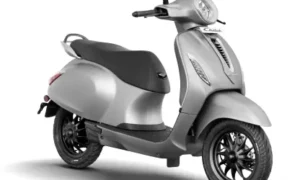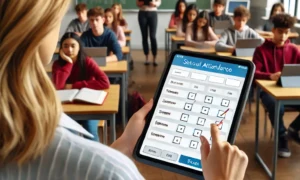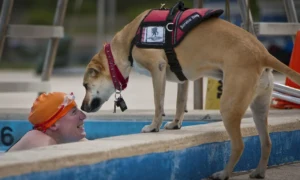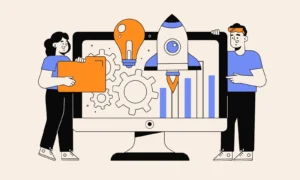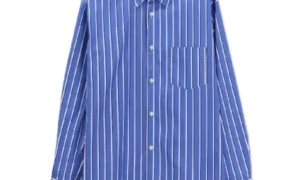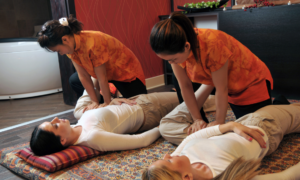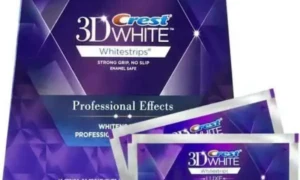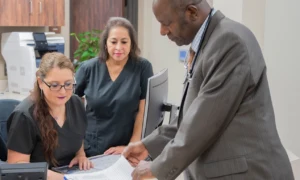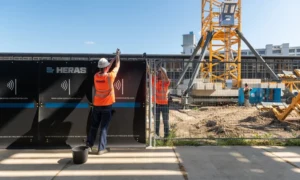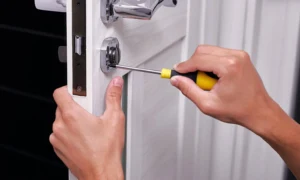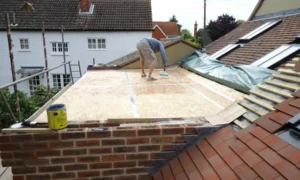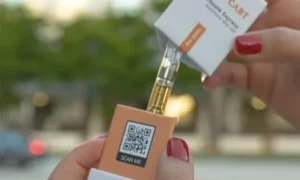Instrument Assisted Soft Tissue Mobilization, or IASTM, is an instrument used by therapists to treat soft tissue dysfunction. This method used for working on soft tissue helps identify and treat restrictions in the fascia. IASTM tools are designed for the purpose of helping locate tissue abnormalities, for example scars, restrictions, and adhesions.
The tools are designed to let the therapist concentrate their force into a smaller surface area, leading to a more efficient treatment. The goal of using these instruments is to activate an inflammatory healing response that results in stimulating production of new collagen and promote pain free healing.
Regardless of the controversies, there have been several studies addressing the benefits of physical therapy soft tissue mobilization on a cellular level. These may include reduction in scar tissue, an improvement in circulation, and remodeling of collagen fibers to stimulate healing and restoring function. By incorporating IASTM in a therapeutic exercise program, the soft tissue is encouraged to lay itself down in an appropriate arrangement.
What You Should Expect From IASTM
Your therapist will utilize their instrument to gently glide over your skin. Whenever the instrument picks up on scar tissue or an adhesion, you could feel a “catch”. Your therapist will then work for around 30-90 seconds treating this area. IASTM is not painful at all, but it may be uncomfortable sometimes. Once your trouble area is treated, your therapist will put you on a stretching or strengthening program, based on your needs.
The likely outcomes from this treatment method include increased range of motion, blood flow, and minimized pain. Mild soreness after a treatment is likely and is not dangerous. When combined with active exercises, IASTM is a potent tool that your physical therapist may use to help you attain the maximum benefits from your treatment sessions.
Why Does IASTM Work?
The responses to IASTM are intricate and multifaceted – physiological and psychological elements interact in a collective manner. Research has analyzed neuroimmune responses at the peripheral as well as central levels triggered by treatments. Input from large sensory neurons actuate spinal cord interneurons to in turn prevent the spinal cord from amplifying the nociceptive signal. Thus, the anti-nociceptive help to relieve pain and discomfort.
Post-Operative Care
Treatments are based on the underlying pathology, but physical therapy soft tissue mobilization does play a role in post-surgical care. Apparently, it could be used to provide a mechanical stimulus that prompts the breakdown of immature scar tissue and developmental fibrosis.
Fibrosis is a probable complication of surgery or trauma and is distinguished by the production of large amounts of fibrous scar tissue, which may lead to decreased movement. Deciphering the cellular effectors and signaling pathways that precipitate the collection of fibrotic deposition, allow therapists to optimize treatment processes.
The Nutshell
IASTM helps get tissue in a better state, but the therapist needs to continue stretching, strengthening, and imparting neuromuscular reeducation to help restore the normal state of tissue. To, in turn helping you return to your optimal level of function.


